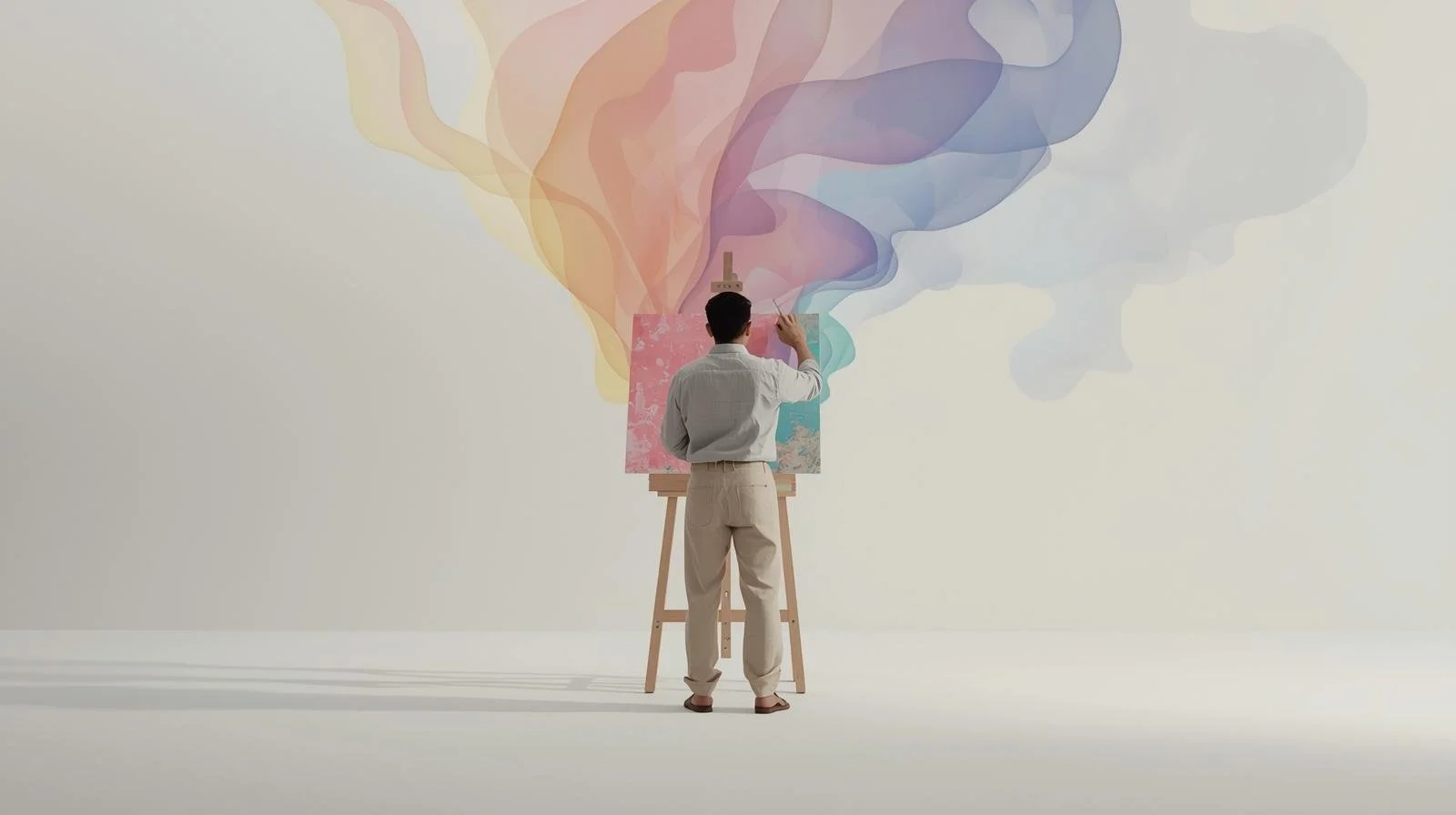When Kindness Hurts: The Psychology of Over-Giving
Over-giving is not generosity; it’s a stress response. This article outlines the behavioral and physiological mechanisms behind chronic helping and provides structured boundary interventions.
The Joy of Slow Fitness: Movement Without Metrics
You don’t have to track progress to find strength. This reflective guide explores how slowing down your workouts helps you reconnect with rhythm, safety, and joy.
How Pets Regulate Our Nervous Systems
Pets aren’t just companions — they’re co-regulators. This gentle science-backed piece explores how animals help calm the nervous system and create emotional safety.
Rebuilding Attention in a World That Fractures It
Attention isn’t lost — it’s trained away. This practical, science-backed piece explores how to rebuild focus and rediscover the clarity your mind was built for.
The Hidden Language of Body Posture
Before you speak, your posture has already introduced you. This piece explores how the body communicates emotion — and how standing tall can shift your mind.
Decision Fatigue in the Age of Endless Options
Every yes hides a hundred tiny nos. This smart, funny piece unpacks how decision fatigue drains focus — and how simplifying small choices restores clarity.
Why Small Talk Matters More Than You Think
Small talk gets a bad reputation, but it’s how strangers become friends. This piece explores the science and heart of everyday conversation — and why it matters more than you think.
How Art Helps Us Process Trauma
Some pain can’t be spoken — but it can be painted. This piece explores how art helps translate trauma from body to story, allowing healing through creation.
The Science of Serendipity: Why Chance Encounters Change Our Lives
Serendipity isn’t magic — it’s mindset. This piece explores how the brain turns coincidence into opportunity and how openness transforms luck into growth.
How Rituals Create Stability in Uncertain Times
Rituals give chaos a shape. This article explores how small, repeated actions can anchor the mind, regulate the body, and create stability in uncertain times.
Unlearning Perfectionism: The Psychology of Good Enough
Perfectionism looks like success but feels like survival. This honest, human piece explores how to unlearn the habit of self-pressure and make peace with “good enough.”
How Smell Shapes Memory and Mood
Scents are emotional shortcuts. This sensory-science piece explores how smell connects memory and mood — and how to use scent to regulate emotion.
The Healing Power of Journaling: Beyond Words on a Page
Writing can heal what silence holds. This gentle, research-based piece explores how journaling organizes emotion, lowers stress, and helps you rediscover clarity.
The Loneliness of Leadership: Why High Performers Feel Isolated
Behind confidence and control, many leaders carry quiet loneliness. This piece explores the emotional and biological roots of isolation — and how connection restores clarity.
Emotional Agility at Work: How to Stay Flexible Under Pressure
Resilience isn’t about pushing harder — it’s about moving smarter. Learn how emotional agility helps you adapt under pressure and lead with composure.
The Art of Doing Nothing: Why Idleness Is Essential for Creativity
Doing nothing is not wasted time. This reflective essay explores how mental stillness activates the brain’s creative network — and why slowing down might be your smartest move.
The Psychology of Compliments: Why We Struggle to Receive Praise
Why do compliments make us cringe instead of glow? This insightful guide explains the psychology of praise — and how learning to receive it can deepen confidence and connection.
Microbreaks: The 5-Minute Habit That Recharges Your Brain
Focus isn’t endless — it’s rhythmic. Learn how short, intentional breaks reset your brain, boost creativity, and help you stay sharp all day.
Why Volunteering Lowers Anxiety
Helping others isn’t self-sacrifice — it’s self-regulation. This article explores how volunteering lowers anxiety, improves mood, and restores purpose through connection.
Grief at Work: Leading and Living Through Loss
Grief doesn’t stop when you go to work. This guide explores how leaders and teams can support loss with empathy and structure, creating workplaces that allow both healing and productivity.




















